Fruit flies are no griffons, but they are more beautiful and varied than one might think. Biologists detail them in a field guide for the Midwest and Northeast.
Thomas Werner, an assistant professor of biology at Michigan Technological University, has been collaborating on the project for nearly five years with John Jaenike, a professor of biology at the University of Rochester.
"Many people think the only fruit fly species that exists comes in with the bananas," Werner says. That would be the famous Drosophila melanogaster, the long-toiling workhorse of genetics. But there is actually a great diversity of species closely related to “the fly,” and they vary greatly in appearance, ecology and behavior.
A lifelong butterfly collector, Werner began studying fruit fly genetics in graduate school. Until he met Jaenike, he says he only saw fruit flies for the research value. But then during a work trip connected to a mentorship program, Jaenike showed Werner how to catch and identify fruit flies out in the woods; Jaenike could identify the tiny creatures just by sight—no magnification—and Werner says he was instantly hooked. He went back to his hotel room that evening to make a rough draft of the first regional fruit fly field guide produced in 96 years.
Their completed book Drosophilids of the Midwest and Northeast is available online and covers 55 species of fruit flies (technically, species of the family Drosophilidae), with detailed images and descriptions. Although the subject is small to behold, the book reads more like a birding guide and opens up a whole new world people might ignore on walks through the woods.
Drosophilid Details
Jaenike guided the description writing process, including a "traffic light" box with three key identifiers for each specimen along with detailed biosketches. Each entry covers everything from taxonomy to breeding sites to parasites to behavior to ecology. Jaenike and Werner also included an introduction in the beginning with recipes and suggestions for making fruit fly traps to attract specific species.
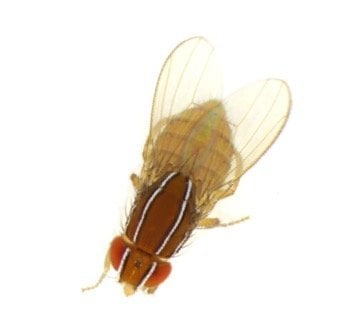
The last fruit fly guide for the region was written in 1921 by A.H. Sturtevant, who, as an undergraduate, developed a breakthrough technique called genetic mapping. Since Sturtevante's day, several introduced species came to North America, and the importance of Drosophila fruit fly species as model organisms in science increased. Another group of researchers recognized the need for an updated fruit fly guide as well. Jaenike, Werner and the authors collaborated to reduce redundancies between the guides; the biggest difference is the photography and the biosketches.
Insect Images
Each image in one of Werner's close-ups is the compilation of 50 to 80 photos taken under a microscope. They take two hours to complete on average.
Werner jokes that the fine-tuned work is for the dark days of winter. For years, he has stayed late after work in the snowy months to carefully clean, refocus and enhance the fruit fly images in order to bring out features like key wing spots, body color patterns and size differences between males and females.
The key is that by using fresh fruit flies, the images are more like what collectors would see in the wild or under the microscope when they bring the flies back to the lab. Jaenike and Werner made a point of showing the typical range of phenotypic variation as well, not simply a single "type" specimen.
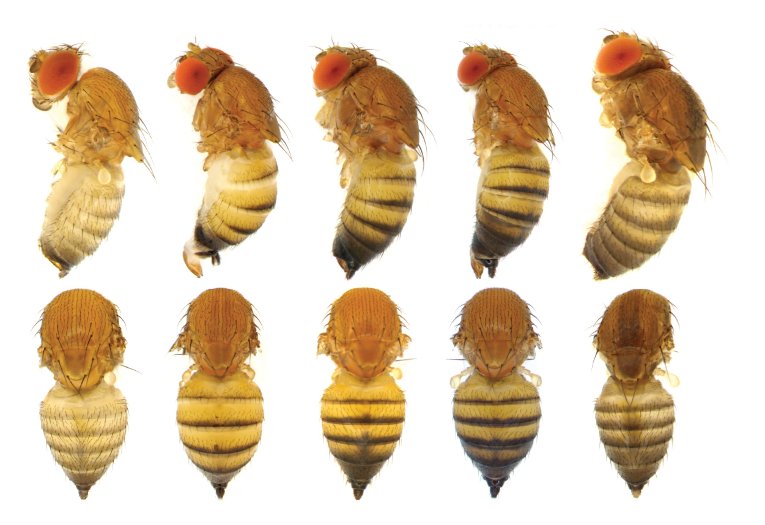
Fruit Fly Functions
Werner has published several papers—including one in Nature—about the connection between fruit fly phenotypes like wing spots and human cancer-causing genes.
"The last common ancestor of man and fruit flies lived about 600 million years ago,” says Werner. “All the genes needed to build a body were already present in that ancestor, and today we still share virtually all of our body-building genes with fruit flies. This is why we are able to study human diseases like cancer in fruit flies.”
Werner has also studied how some fruit flies build up tolerance to a mushroom toxin, α-amanitin. The genetic mechanisms behind this adaptation link to an important metabolic pathway and the lab's research could open up new possibilities for studying cancer, obesity, type 2 diabetes, depression and neurodegenerative diseases.
To Werner, fruit flies embody both form and function. Instead of seeing them as tiny winged pests, he hopes others can see the beauty of fruit flies and appreciate the first regional field guide dedicated to them in nearly 100 years.
Michigan Technological University is a public research university founded in 1885 in Houghton, Michigan, and is home to more than 7,000 students from 55 countries around the world. Consistently ranked among the best universities in the country for return on investment, Michigan’s flagship technological university offers more than 120 undergraduate and graduate degree programs in science and technology, engineering, computing, forestry, business and economics, health professions, humanities, mathematics, social sciences, and the arts. The rural campus is situated just miles from Lake Superior in Michigan's Upper Peninsula, offering year-round opportunities for outdoor adventure.
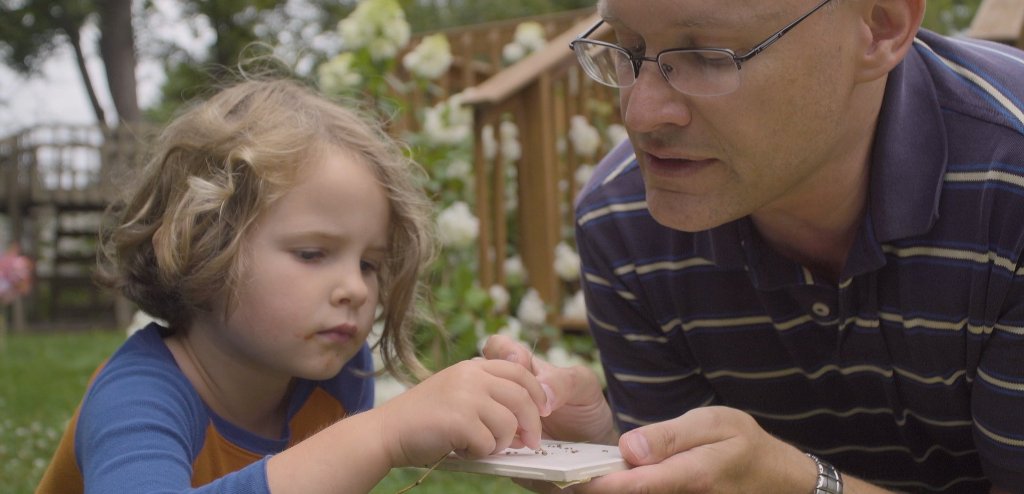


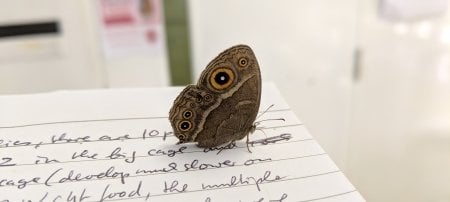

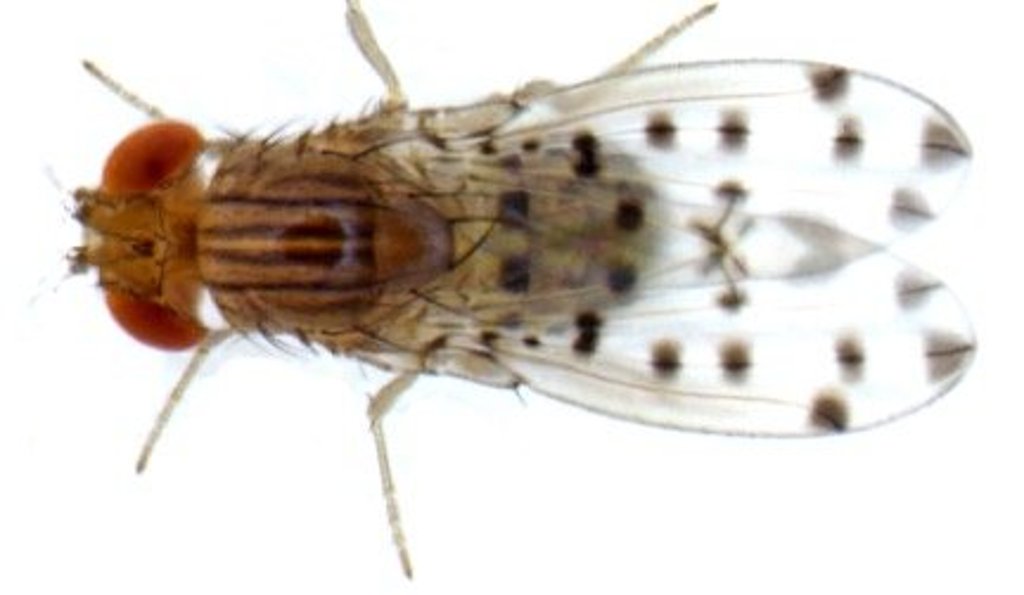
Comments